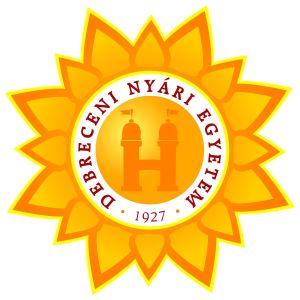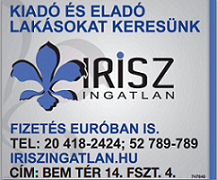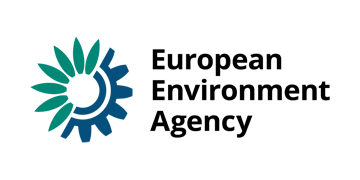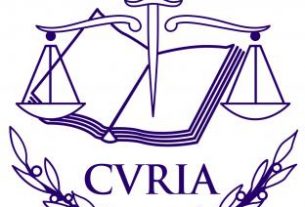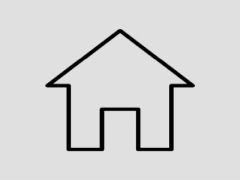Collection and treatment of wastewater are key to reducing pressures and risks to human health and the environment, especially to rivers, lakes, and coastal waters. The European Environment Agency (EEA) has published data today, on World Toilet Day, which shows that the share of urban waste waters that are collected and treated in line with EU standards is increasing across Europe.
The EEA’s new country profiles on urban waste water treatment present the latest data from all 27 EU Member States and Iceland and Norway on the implementation of the EU Urban Waste Water Treatment Directive.
The country profiles contain interactive maps with waste water treatment plants across Europe. Each profile also shows data on the country’s progress towards waste water treatment targets, protection of sensitive water systems, use of waste water sludge, and greenhouse gas emissions from the waste water treatment sector.
The data show that waste water collection and treatment are improving across Europe. Across the whole EU, about 90% of urban waste waters are collected and treated in accordance with the EU Waste Water Treatment Directive.
Based on the country profiles, four countries – Austria, Germany, Luxembourg, and the Netherlands – treat 100% of their urban waste water in compliance with the Directive’s requirements, while 10 additional countries have reached more than 90% compliance rate. At the other end of the scale are five countries – Ireland, Bulgaria, Romania, Hungary and Malta – that comply in less than half of their urban areas according to the same standards.
Background
Urban waste water needs to be treated adequately because it may contain bacteria, viruses, nitrogen, phosphorus and other pollutants which can pose a risk to the environment and human health.
The EU Urban Waste Water Directive sets out a time plan for the construction of infrastructure for collecting and treating waste water in urban areas. In general, waste water must be subject to biological treatment (“secondary treatment”), which removes a very high proportion of organic pollution, bacteria and viruses. To reduce the risk of algal blooms, further removal of nitrogen and/or phosphorus is required in larger urban areas that are connected to sensitive water bodies.
The new country profiles are published on the Water Information System for Europe (WISE) Freshwater platform, which is being developed into a unique entry point to access to data and information on the environmental status and policy assessments of European freshwater.
eea.europa.eu


